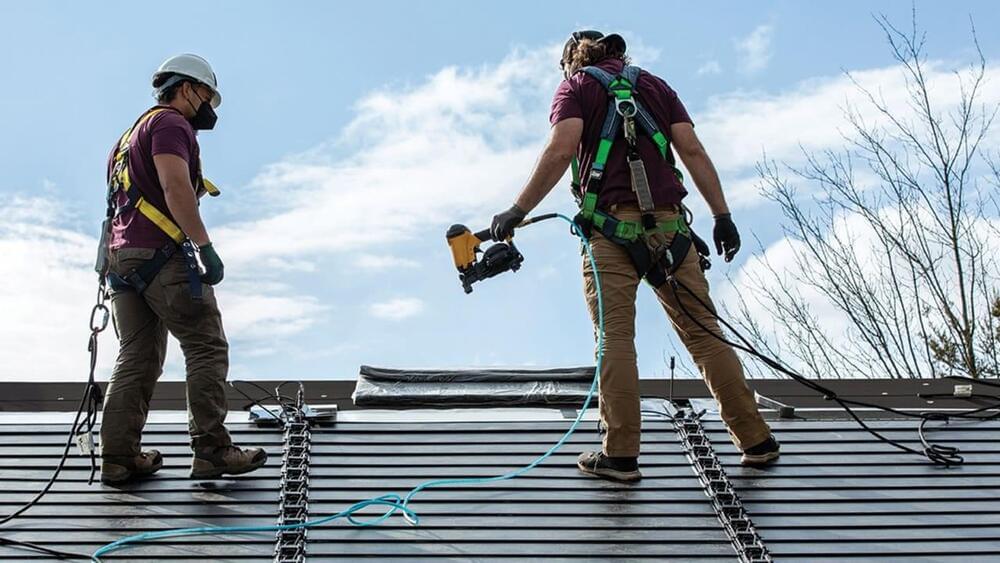Sonifying science: from an amino acid scale to a spider silk symphony – Physics World.
Markus Buehler and Mario Milazzo explain how they have been able to explore new avenues of research by translating living structures into sound.


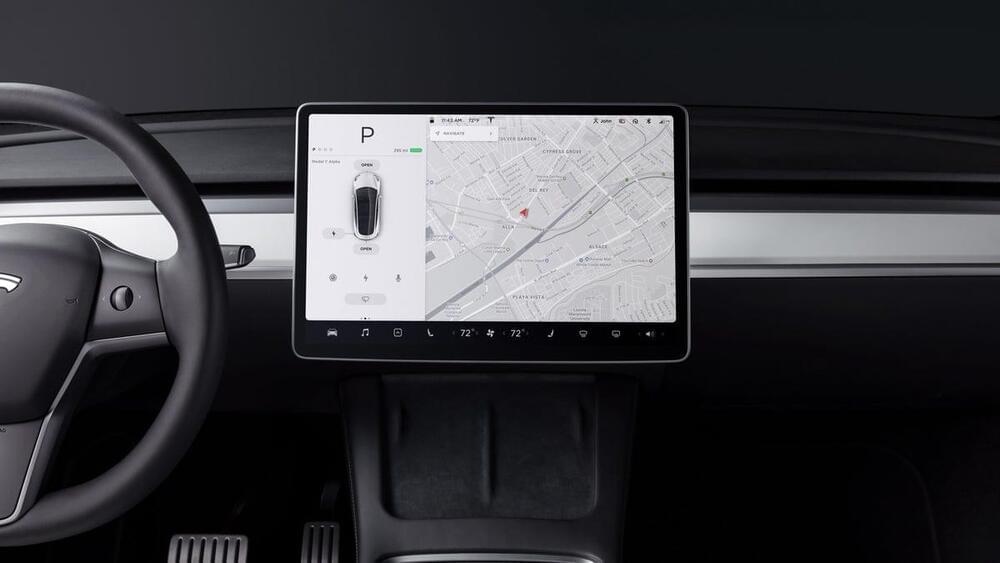
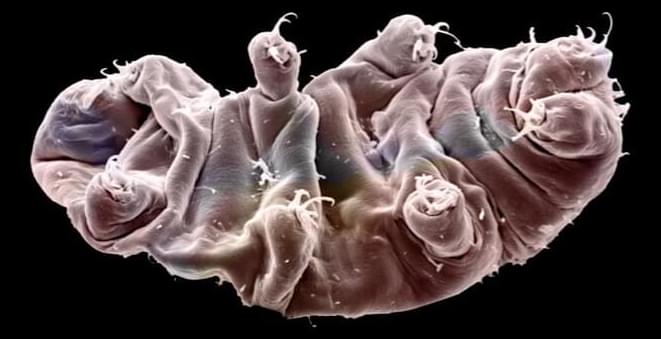
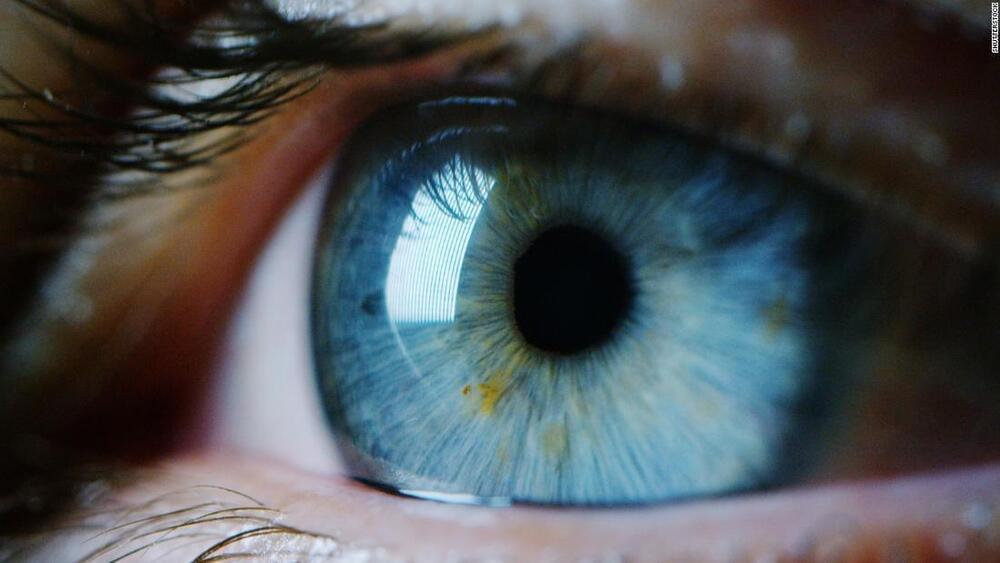
On one hand, he wants to travel to other planets and on the other he wants to make our planet cleaner. So I really wonder, do you think he’s helping the world or is he out of touch with reality?
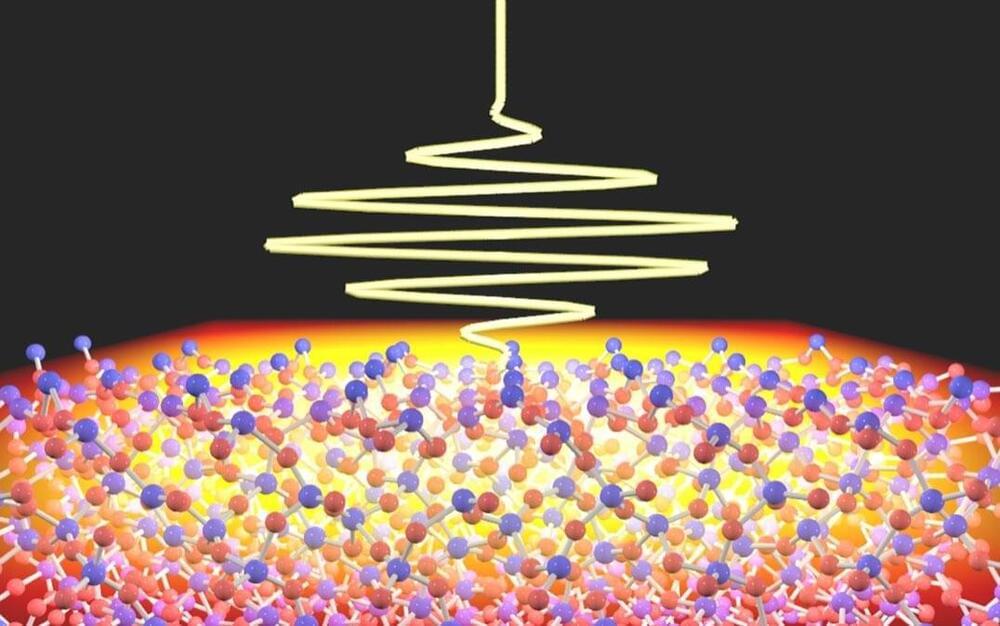
Light-matter interactions form the basis of many important technologies, including lasers, light-emitting diodes (LEDs), and atomic clocks. However, usual computational approaches for modeling such interactions have limited usefulness and capability. Now, researchers from Japan have developed a technique that overcomes these limitations.
In a study published this month in The International Journal of High Performance Computing Applications, a research team led by the University of Tsukuba describes a highly efficient method for simulating light-matter interactions at the atomic scale.
What makes these interactions so difficult to simulate? One reason is that phenomena associated with the interactions encompass many areas of physics, involving both the propagation of light waves and the dynamics of electrons and ions in matter. Another reason is that such phenomena can cover a wide range of length and time scales.
